- Solar energy blog
- How US, EU, and Australian governments are responding to the global energy crisis
How US, EU, and Australian governments are responding to the global energy crisis


Laura Rodríguez
Territory Manager Oceania & Nordics
Laura is a renewable and software industry sales professional, currently working at RatedPower as Territory Manager Oceania & Nordics. With a background in International Business and International Trade, Laura previously worked in the business strategy area in various companies as well as as a market analyst for the Government of Spain in Australia.
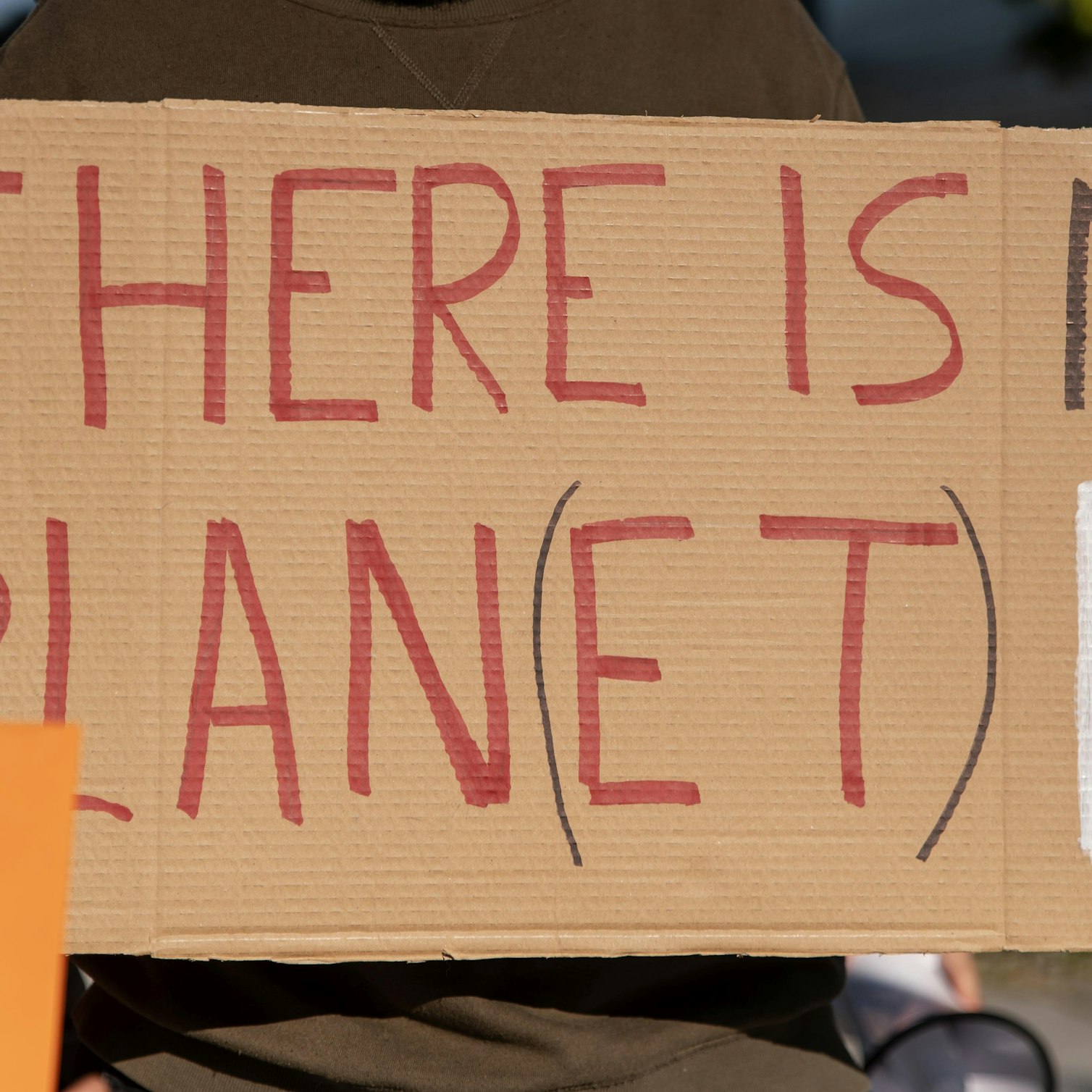
The energy crisis has hit the world hard over the past year. Toward the tail end of 2021, energy prices began to soar due to a combination of factors. Supply chain disruptions during the pandemic, adverse weather events, and the economic rebound after lockdowns were lifted have all led to spikes in energy prices.
Arguably, the most significant contributor to the energy crisis has been Russia’s invasion of Ukraine. With Russia being the largest exporter of fossil fuels in the world, the sanctions imposed by the rest of the world on Russian gas and Russia’s own withholding of resources have led to energy prices reaching unprecedented levels.
This has been particularly prevalent in Europe. The EU is hugely reliant on Russian gas, with a quarter of all energy consumed in Europe in 2021 coming from Russia. The sanctions and curtailment of Russian resources, in turn, have led to European countries purchasing US and Australian liquefied natural gas (LNG), thus driving up energy prices worldwide.
It is clear that governments need to respond to this ongoing crisis, but what exactly are they doing about it?
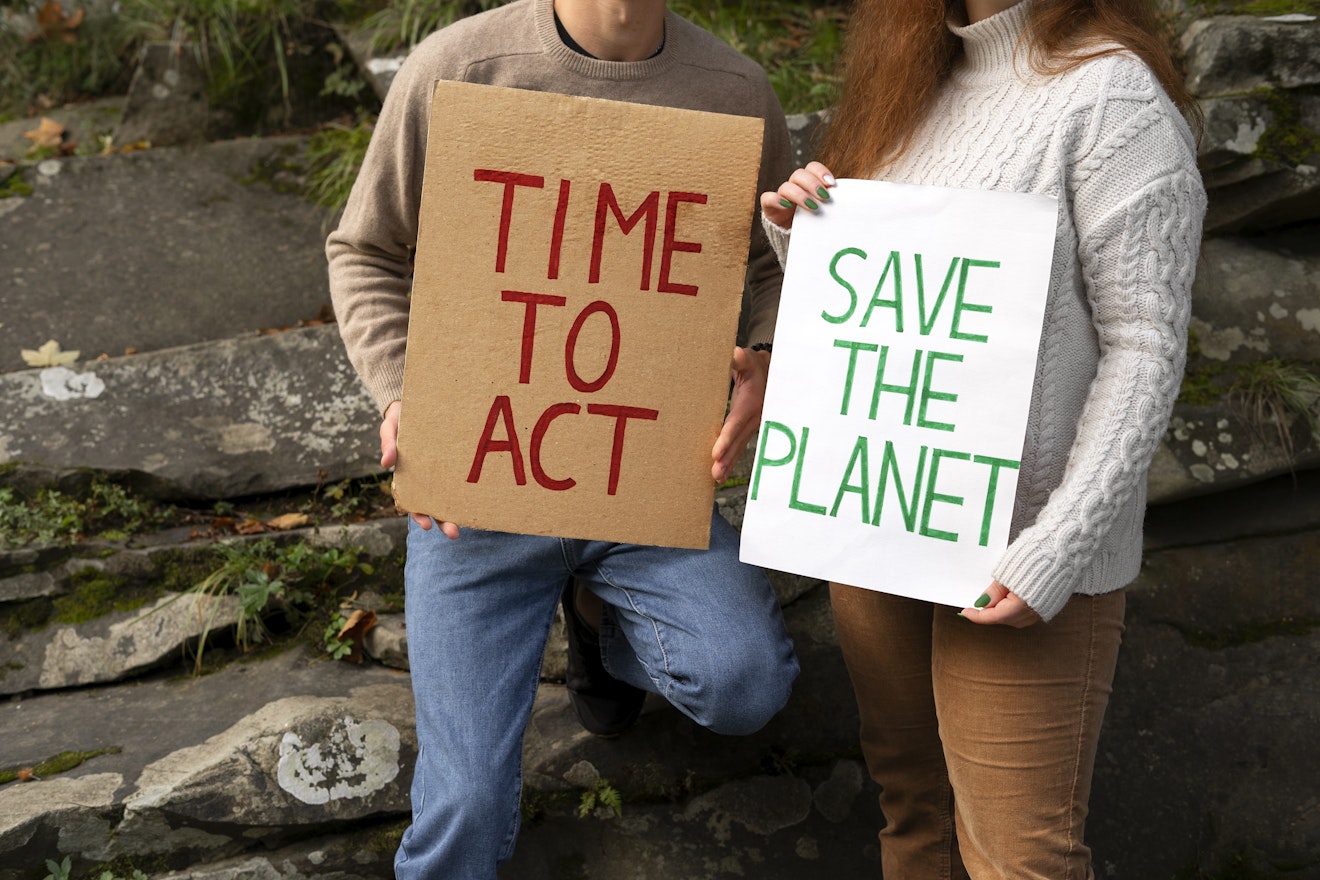
The EU
In 2022, Russian gas exports to the EU fell 49% year-over-year. With such a drop in supply, the EU was forced to procure resources elsewhere and turned to LNG imports, primarily from the US. The redirection of LNG to Europe affected supplies in Asia, contributing to rising energy prices in the region. The high demand also saw record energy prices across Europe.
These extraordinary prices led to a drop in demand for gas across the world, with global consumption dropping by 1%. This effect was even more pronounced in Europe, with EU consumption dropping by an estimated 13%.
Although the gas deficit was addressed by mainly oil-based fuel, there has also been a shift toward accelerated renewable energy adoption.
The EU launched the RePowerEU scheme to move Europe away from reliance on Russian gas and other fossil fuels and toward more sustainable methods of energy production. With the scheme, there are plans in place to increase the EU’s 2030 target for renewables from 40% to 45%. The commission has pledged to roll out over 320 GW of solar photovoltaic capacity by 2025, with the goal to reach 600 GW by 2030.
Steps were already being made in 2022, with record solar and wind installations leading to a 15% increase in clean energy production over the previous year. The IEA anticipates an additional 35 TWh will be generated from new renewable projects over the next year.
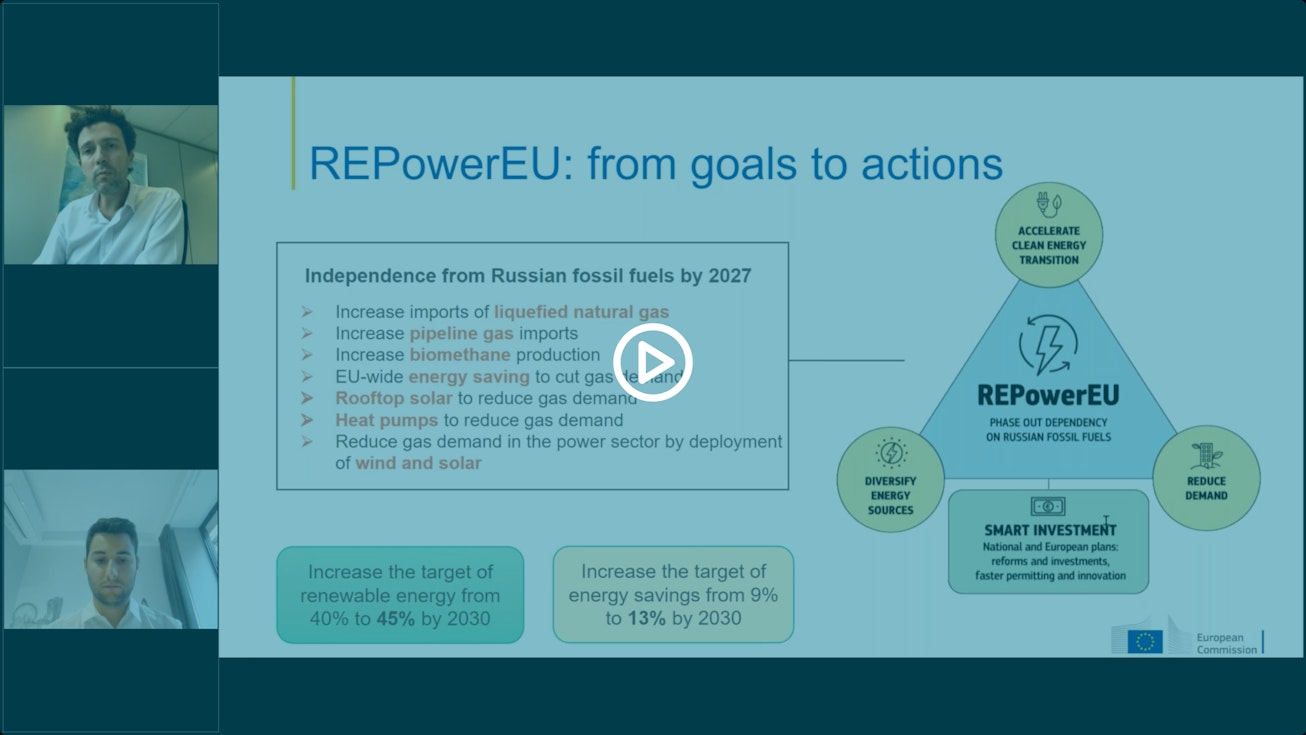
The US
Despite not relying on Russian exports in the way that Europe does, the US still felt the effects of the rise in oil and gas prices. Oil prices peaked at $120 a barrel in June 2022, and although they are on their way back down, they are still astronomically high.
The US is the world’s largest oil and gas producer and has been reticent to lose this title, instead looking to double down on fossil fuel production. That being said, the US is taking steps to move toward clean energy alternatives.
In August 2022, the Inflation Reduction Act (IRA) was signed into law. The purpose of this act was to, among other things, bring down healthcare costs and increase taxpayer compliance. Notably, though, it also contains large amounts of federal funding for clean energy projects.
Through a mix of tax incentives, grants, and loan guarantees, the US government has committed nearly $400 billion to clean energy projects. The aim is to significantly reduce the country’s carbon emissions by 2030. The main focus of this investment, with $250.6 billion promised, is clean electricity and transmission.
The act also aims to increase electric transportation production and uptake and promote private investment into renewable energy through tax incentives. There are also tax incentives aimed at consumers, providing tax credits on renewable consumer products such as home solar panels and electric vehicles.
Australia
Australia has also been affected by the global energy crisis. The rise in gas and oil prices has impacted Australian consumers, with many facing rises of 18% in their annual energy bills. Australia also still relies heavily on coal and has been facing significant outages in its energy production network, with many plants offline due to age and disrepair.
The Australian government made moves to address the energy crisis by announcing caps on energy prices, energy bill relief for households, and increased investment in clean energy. The Capacity Investment Scheme (CIS), announced in December 2022, plans to provide $10 billion of investment into clean dispatchable power.
In 2017, the government also announced the expansion of the largest engineering project in Australian history, the Snowy Mountains Scheme. This scheme, also called Snowy Hydro, is a hydropower installation in the Snowy Mountains of Australia and currently has an installed capacity of roughly 4 GW.
Plans were put in place to expand the installed capacity by another 2000 MW; however, the project has run into difficulties. After its completion date had already been pushed back until 2027, construction was halted in February 2023 due to instability in the project’s tunnels. There are also difficulties anticipated in building the infrastructure to carry the new energy produced, adding further uncertainty to the project’s future.
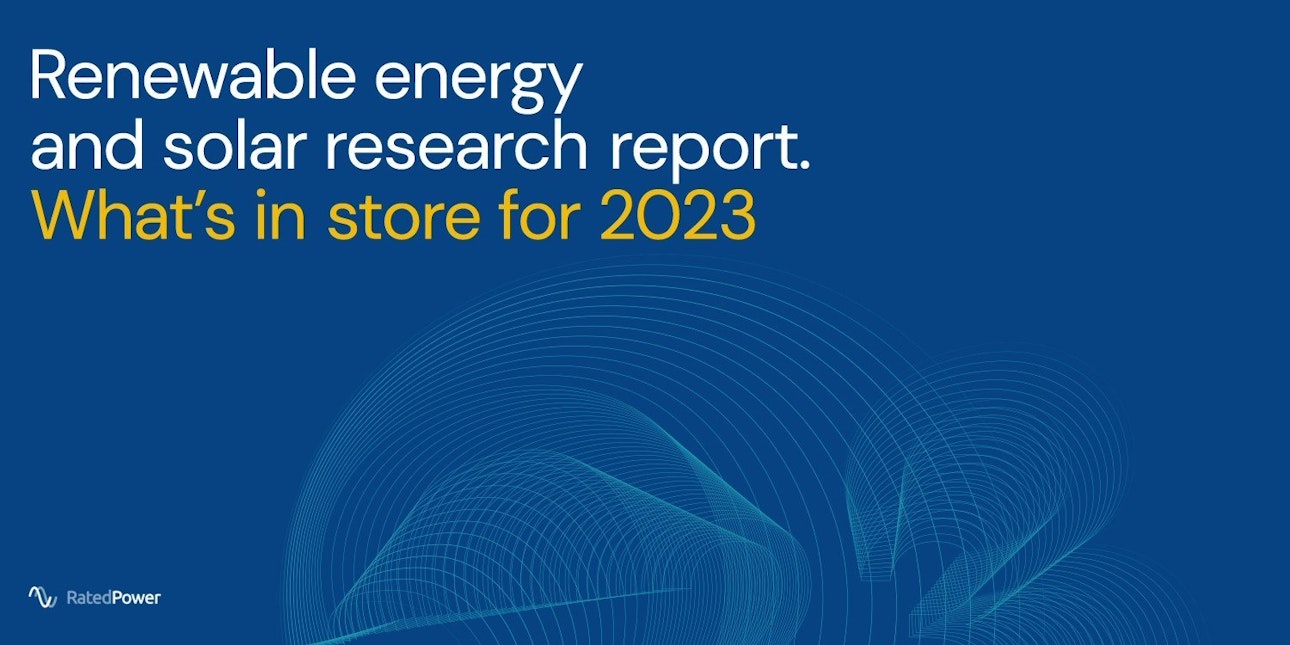
To learn about the trends that will shape the renewable industry in the upcoming years, download our free Renewable Energy and Solar Research Report.
For all the latest news and insights on everything to do with renewable energy, head over to the RatedPower resources page.
Latest stories
Related posts
Policy and regulation
Solarspitzengesetz: How it affects solar and negative pricing
Find out more about the Solarspitzengesetz, Germany’s Solar Peak Act, designed to prevent oversupply and price surges during peak solar generation.
Updated 4 NOV, 25

Policy and regulation
Winning the auction: A developer’s guide to GEA-4 execution in the Philippines
Find out how solar design tools like RatedPower can accelerate bankable proposals for auctions like the GEA-4 in the Philippines.
Updated 23 OCT, 25

Policy and regulation
How PL 624 and PL 671 will transform Brazil’s solar energy market in 2025
Discover how Brazil's PL 624 and PL 671 bills are reshaping the country's booming solar energy market in 2025—balancing rapid growth with fair grid access and smarter regulations.
Updated 15 JUL, 25
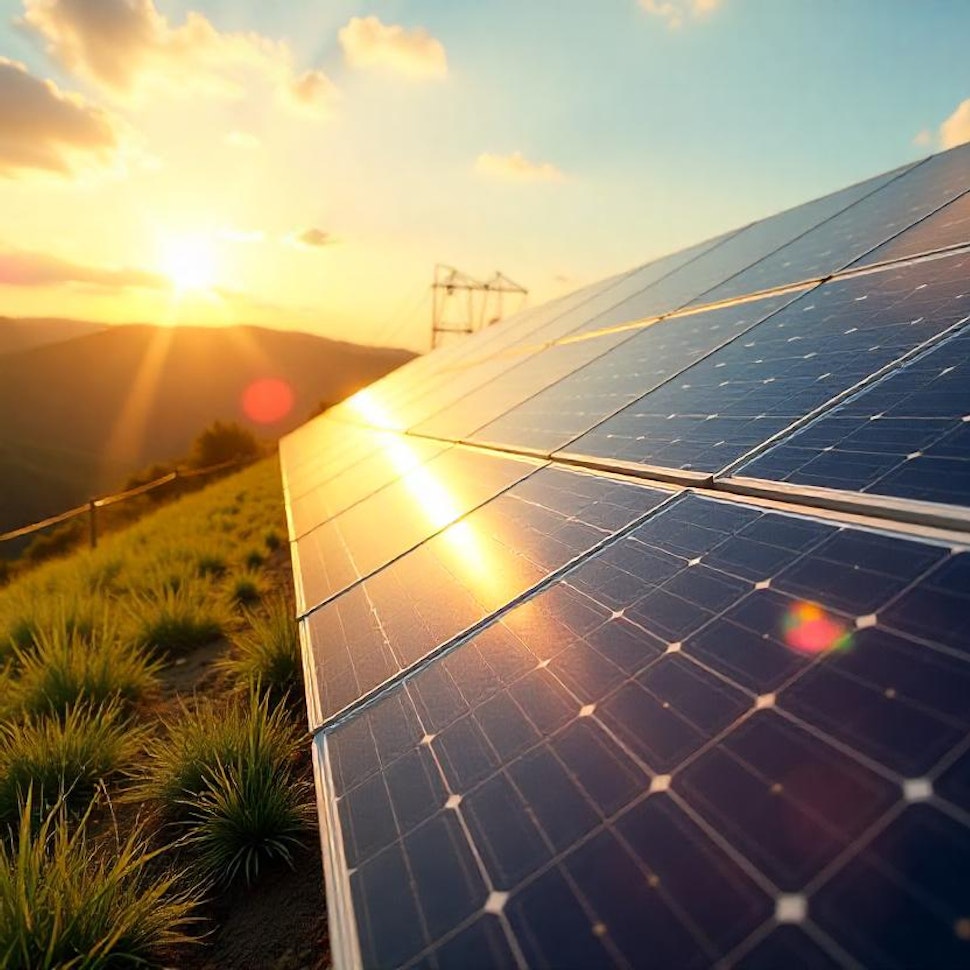
- RatedPower
- Solar energy blog
- How US, EU, and Australian governments are responding to the global energy crisis
 Watch a demo
Watch a demo Ask our AI Product Expert
Ask our AI Product Expert

